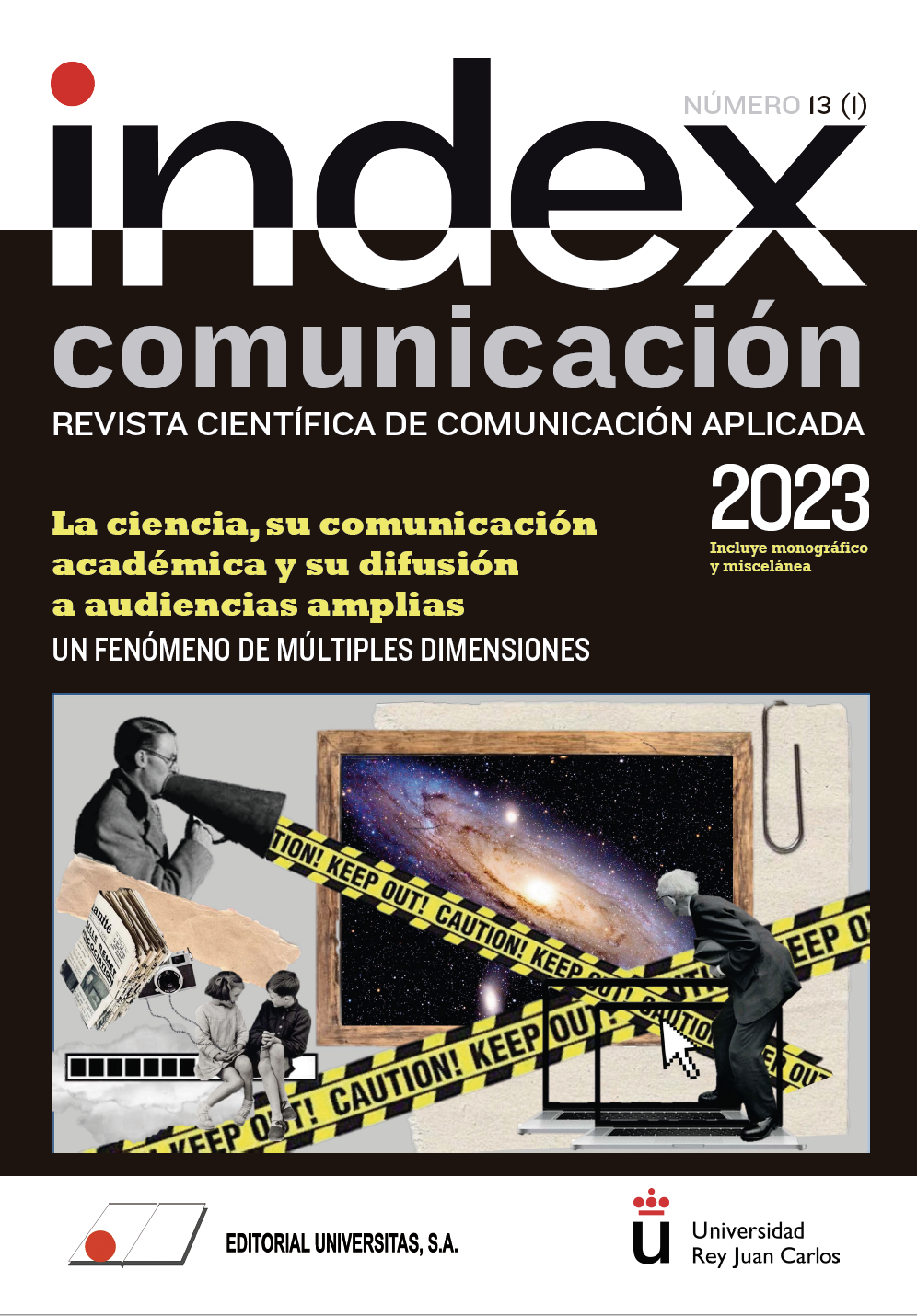Transmedia rewritings of the Sherlock universe: from Doyle to the BBC
DOI:
https://doi.org/10.33732/ixc/13/01ReescrKeywords:
Sherlock Holmes, Adaptation Theory, TV Series, Transmedia Storytelling, TranstextualityAbstract
Since his appearance in the 19th century, Sherlock Holmes has been the subject of a number of adaptations to multiple formats, media, and platforms that update the character, icon and paradigm of the independent detective. His updating to the 21st century has caused an even greater expansion of the fictional universe created, at first, by Arthur Conan Doyle, and, later, by a multiplicity of authors who have either been governed by the canon or have opted for a freer interpretation of fandom. This article makes a brief tour of both traditions and then focuses on the analysis of the contributions that the last production of the British television channel BBC Sherlock (2010-2017) has made to the collective imagination in which the character and his universe are inscribed. Especially important for this analysis are the contributions that transmedia productions have made to carry out the series, as well as the changes they have brought about in the type of relationships that the detective establishes with his immediate, technological and human environment, and which give him a new dimension in tune with the new times.
Metrics
References
BARNES, A. (1999). Sherlock Holmes on Screen: The Complete Film and TV History. Richmond: Reynolds & Hearn Ltd.
BOTTS, A. (2016). (No) Sex and Sherlock. Asexuality, Victorian Abstinence and the Art of Ambiguity. En L. Porter (ed.), Who Is Sherlock?: Essays on Identity in Modern Holmes Adaptations, 169-179. Jefferson, North Caro-lina: McFarland & Company.
DOYLE, A.C. (2014). Obras completas de Sherlock Holmes. Tomo 3. Buenos Aires: Díada.
GATISS, M. (2010). Sherlock: For Holmes and Watson, the game is afoot [men-saje en un blog]. Recuperado de: https://tinyurl.com/3khbphrb (16-04-2022).
HARVEY, C.B. (2012). Sherlock’s Webs. What the Detective Remembered from the Doctor about Transmediality. En E. Stein y K. Busse (eds.), Sherlock and Transmedia Fandom, 118-132. Jefferson, North Carolina: McFarland & Company.
HOLMES, S. (s/f). The Science of Deduction. Recuperado de: https://tinyurl.com/ycbevk3m (16-04-2022).
MCCLELLAN, A. (2013). A case of identity: Role playing, social media and BBC Sherlock. The Journal of Fandom Studies, vol 1(2), 139-157. https://doi.org/10.1386/jfs.1.2.139_1
PEARSON, R. (2015). A Case of Identity: Sherlock, Elementary and Their National Broadcasting Systems. En R. Pearson (ed.), Storytelling in the Media Convergence Age, 122-148. London: Palgrave Macmillan. https://doi.org/10.1057/9781137388155_8
POWERS, H. (2016). The Evolution of James Moriarty: How Villains Mirror Cul-tural Anxieties. En L. Porter (ed.), Who is Sherlock? Essays on Identity in Modern Holmes Adaptations, 111-121. Jefferson: McFarland & Company.
PROJECT FACTORY. (2014). Sherlock: The Network. Sydney. Recuperado de: https://tinyurl.com/wa9preab
ROSENDO, N. (2016). Character-centred transmedia narratives. Sherlock Holmes in the 21st century. Artnodes, 18, 20-27. http://dx.doi.org/10.7238/a.v0i18.3046
STEWARD, T. (2012). Holmes in the Small Screen: The Television Contexts of Sherlock. En E. Stein y K. Busse (eds.), Sherlock and Transmedia Fan-dom, 133-147. Jefferson, North Carolina: McFarland & Company.
STROSSER, C. (2016). Sherlock and the Case of the Feminist Fans. En L. Porter (ed.), Who is Sherlock? Essays on Identity in Modern Holmes Adaptations, 180-193. Jefferson: McFarland & Company.
WATSON, J. (s/f). The personal blog of Dr. John H. Watson. Recuperado de: https://tinyurl.com/2p8dahbw (12-04-2022).
Published
How to Cite
Issue
Section
License
Copyright (c) 2022 CORA LORENA REQUENA HIDALGO

This work is licensed under a Creative Commons Attribution-NonCommercial 4.0 International License.
Authors who submit to this journal agree to the following terms:
Authors retain copyright and ensure the magazine's right to be the first publication of the work as licensed under a Creative Commons Attribution-NoComercial 4.0 International License that allows others to share the work with an acknowledgment of authorship of the work and the initial publication in this magazine, with no commercial purpose.
Authors can establish separate additional agreements for non-exclusive distribution of the version of the work published in the magazine (for example, to an institutional repository or publish it in a book), with an acknowledgment of its initial publication in this journal.
It allows and authors are encouraged to disseminate their work electronically (eg, in institutional repositories or on their own website) prior to and during the submission process, as it can lead to productive exchanges, as well as a citation more early and most of the published work (See The Effect of Open Access).















